Railway Post Offices
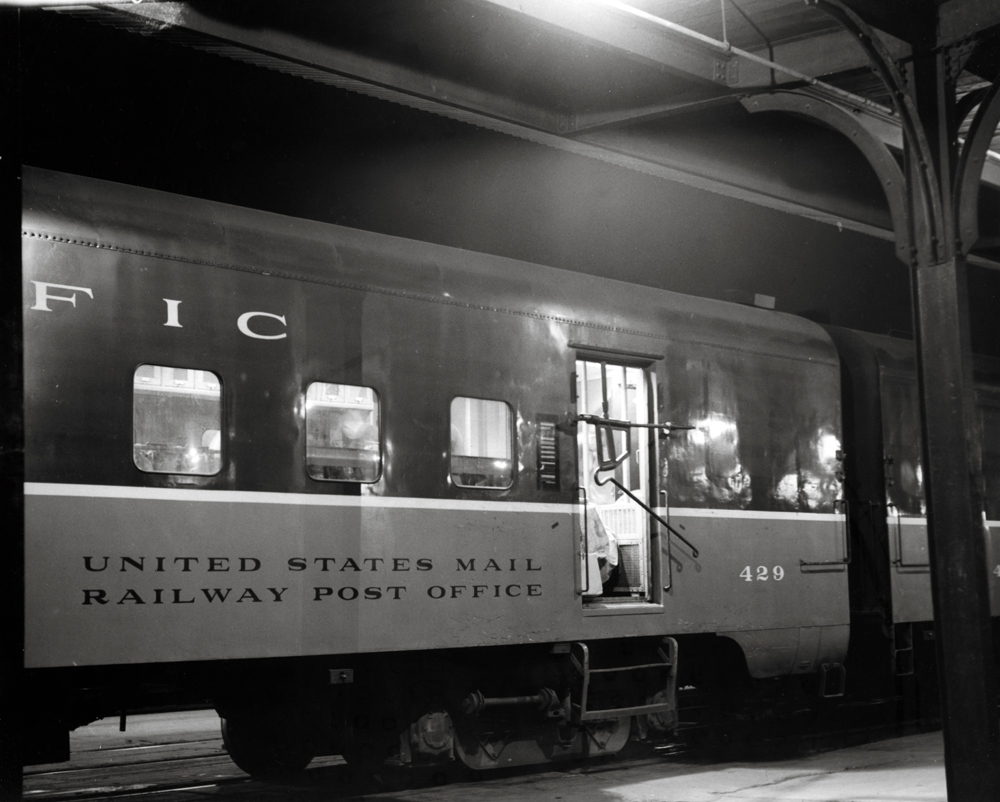
Mail moves by train
In the 1830s, shortly after the establishment of the first railroads in the U.S., the Post Office Department began to ship mail by rail.
The year 1838 saw some sorting of mail en route between Washington and Philadelphia, but the first Railway Post Office car is generally thought to have run in Missouri in 1862. Seven years later the Railway Mail Service was established, and RPO service began a great expansion which mirrored that of the railroads.
Carriers competed for lucrative and prestigious mail contracts with Fast Mails — trains whose sole or primary purpose was to speed mail over their owners’ rails.
The peak came in 1915, when 20,000 clerks worked on nearly 4,000 cars traveling over 216,000 miles of route.
Many electric interurbans, and even city trolley lines, also had RPO equipment.
Letters cancelled on an RPO bore a stamp indicating the route’s endpoints (not always the same as the train in which the car traveled), the train number, the date, and “R.P.O.” Routes ranged in length from a few miles to over 1,100 miles.
By 1951, the network was still robust (30,000 clerks, 3,200 cars, 165,000 miles — handling 93% of all non-local mail), but highway and air competition were taking their toll.
Most RPOs moved in passenger trains, and their fortunes declined together. Faced with mounting passenger deficits, railroads became increasingly dependent on mail payments from the Post Office, complained they were too low, and discontinued trains, RPOs and all. Seeing no future for the passenger train, the Post Office dropped still other RPO routes, with massive cuts in 1967.
On the eve of Amtrak’s 1971 takeover of U.S. passenger service (but not RPOs), only eight routes remained. The high-volume “New York & Washington” route hung on as a mail-only operation (no passengers were carried); it was the last to go, in 1977.
RPO rolling stock
RPO cars were owned by and lettered for the various railroads, with UNITED STATES MAIL RAILWAY POST OFFICE also appearing on their sides. They were externally similar to baggage cars, except for their narrower doors and small windows.
Inside, the layout of pouch racks, letter cases, and other fittings was prescribed by the Post Office, ensuring adequate facilities and nationwide uniformity. RPO “apartments” came in a variety of sizes, with 15, 30, and 60 feet being the most common; the remainder of the car’s length was usually devoted to baggage space and, sometimes, passenger seating.
Most RPO sections were in locomotive-hauled cars, though electric M.U.s, gas-electrics, and Rail Diesel Cars also had them. The last mail cars built were streamlined, 85-foot baggage-RPOs for Union Pacific in 1963.
Different types of mail handled
Mail moved by rail was of three types:
— Closed-pouch mail was not “worked” on RPOs. Rather, it was sorted at a post office on the ground, then simply loaded on a baggage car or baggage-RPO for movement to its destination. Amtrak still handles such traffic in baggage and material handling cars (MHCs). Freight roads do as well, in trailers or containers on flatcars.
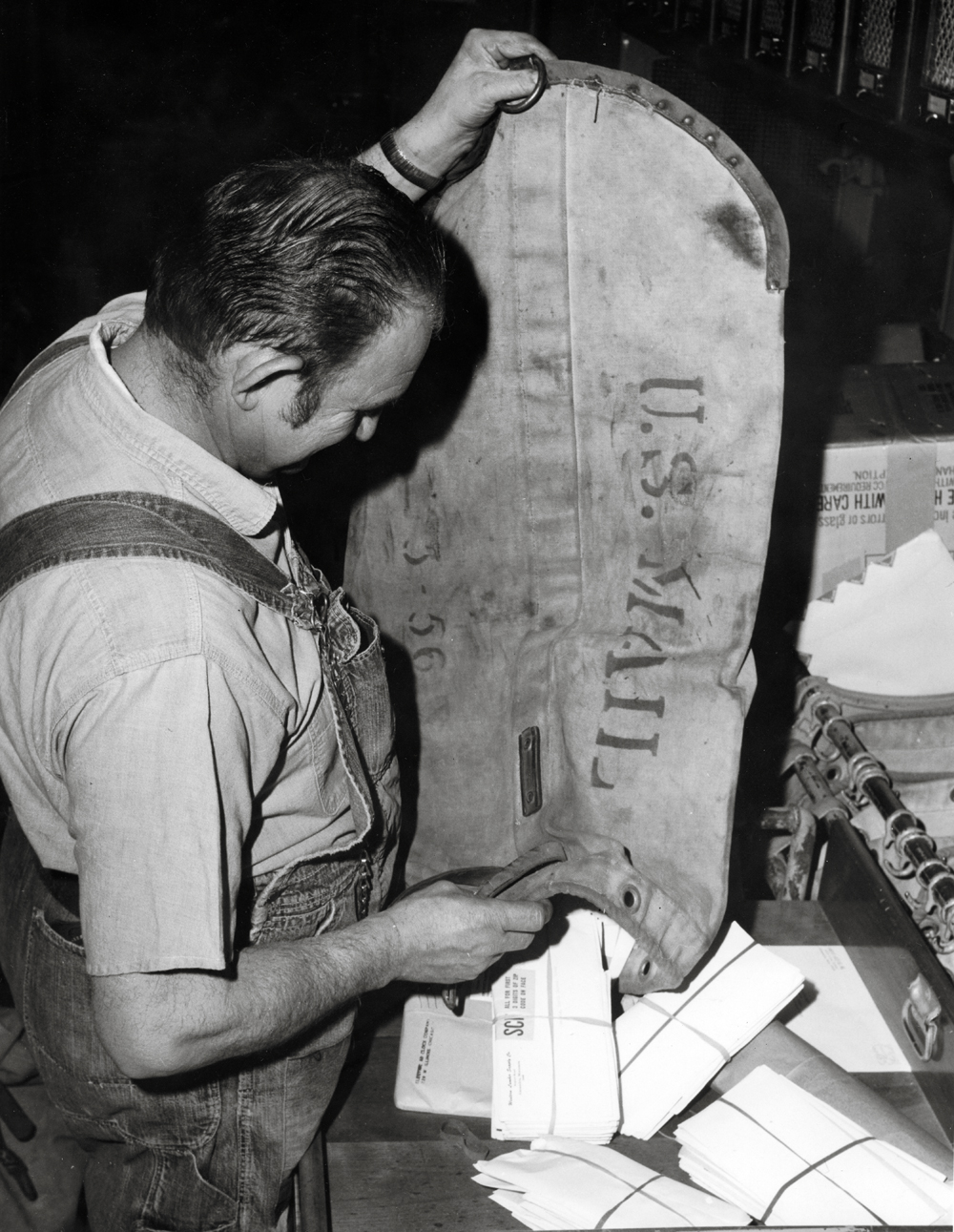
— Initial-terminal, sorted en route mail was delivered to the RPO at the start of the car’s run and sorted in transit. The refilled pouches could then be delivered to a station en route (at a stop, or simply thrown off as the train thundered by) or handed off at the end of the run for forwarding to a closed-pouch train, another RPO, or a city post office.
— Between-terminals, sorted en route mail came aboard after the car began its run. Pouches could be put on at station stops, or hooked at speed from small lineside cranes in the most cherished ritual of the RPO era. Individuals could even mail letters through a special slot in the side of the car, or by handing them to a clerk.
RPO clerks
RPO clerks were a special breed. Although they were Post Office employees, they were as much railroaders as postal workers.
A century ago, when both vocations held wide appeal (and when railroading was hazardous and mail shipments subject to robbery), they were heroic figures. An RPO clerk had to be familiar with thousands of towns and instantly know the best mail routings to them. On tests, 97% was the passing score; on the job, accuracy and honesty were well over 99%.
The tight quarters and time pressures of the Railway Mail Service were not for everyone, but those who did serve on RPOs shared a unique esprit de corps.






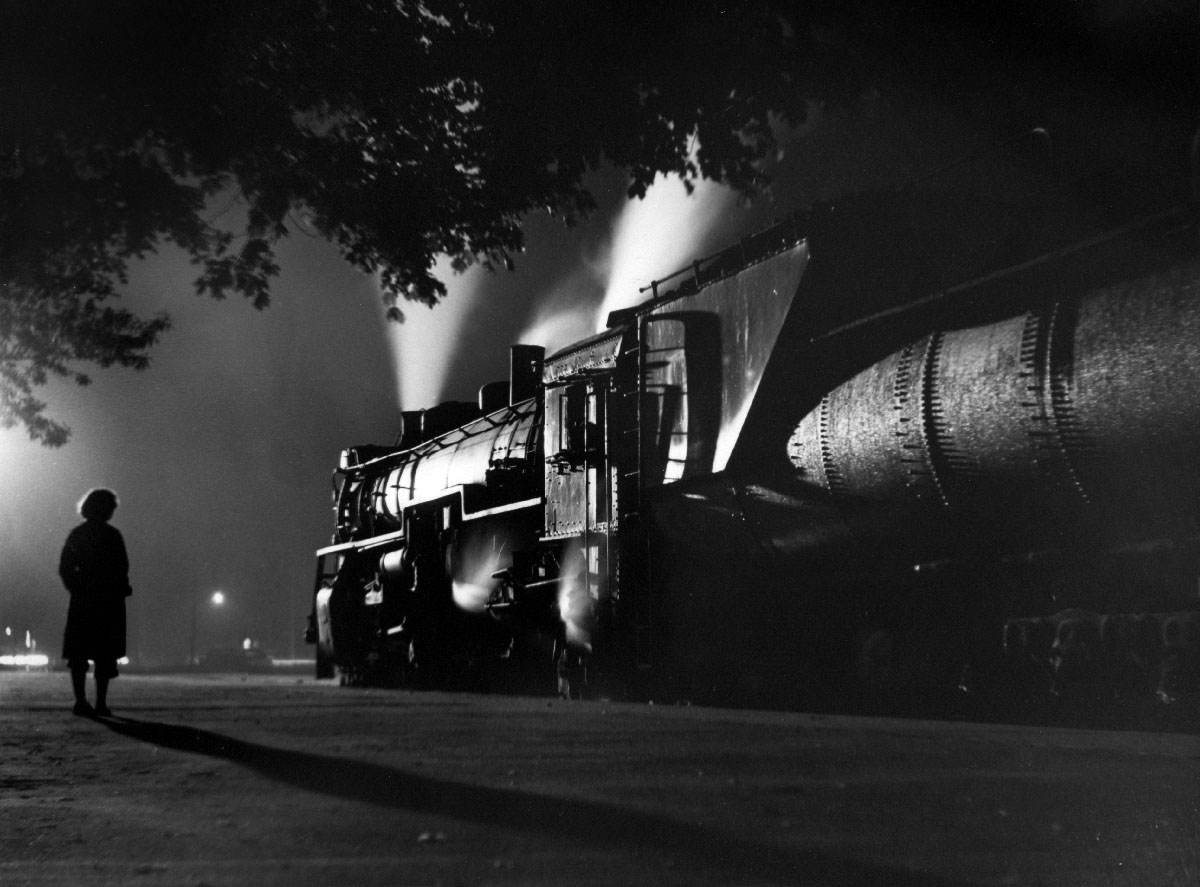
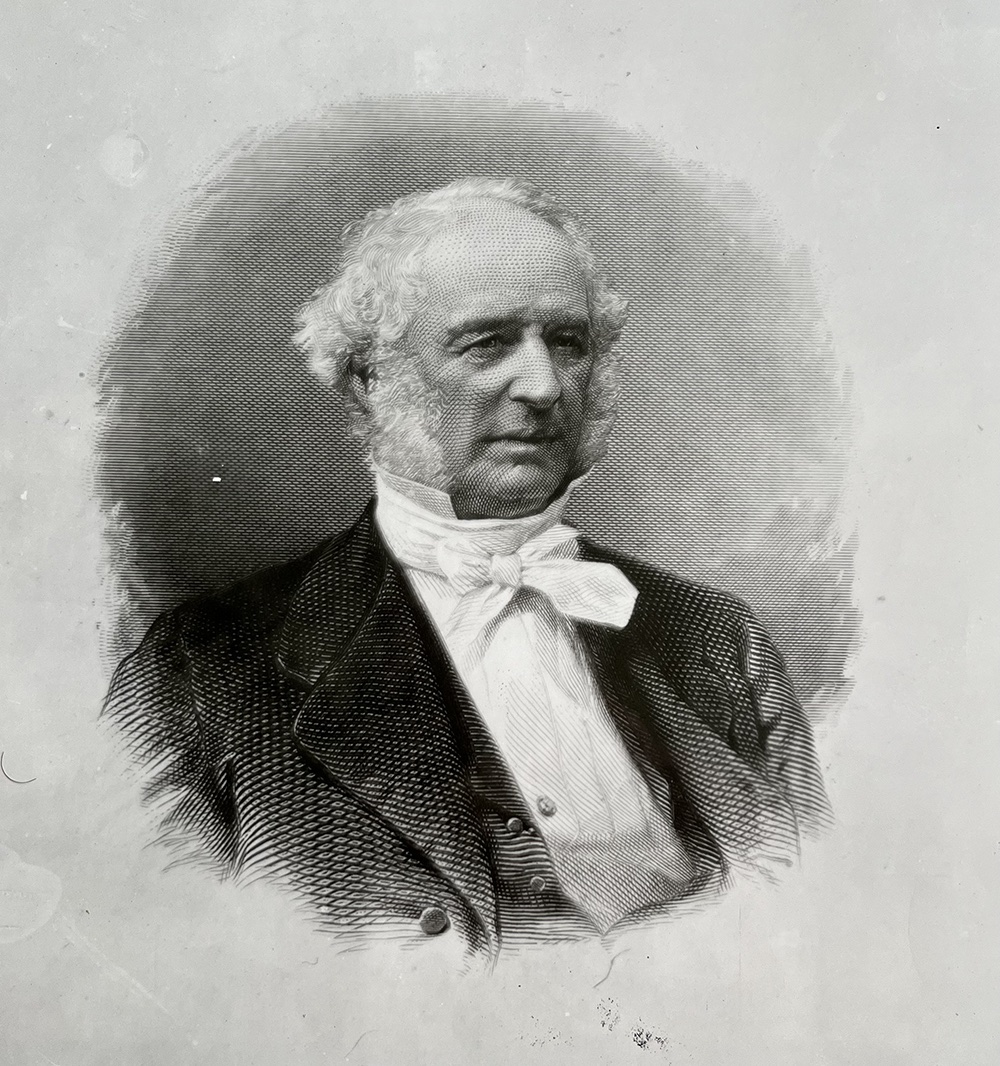
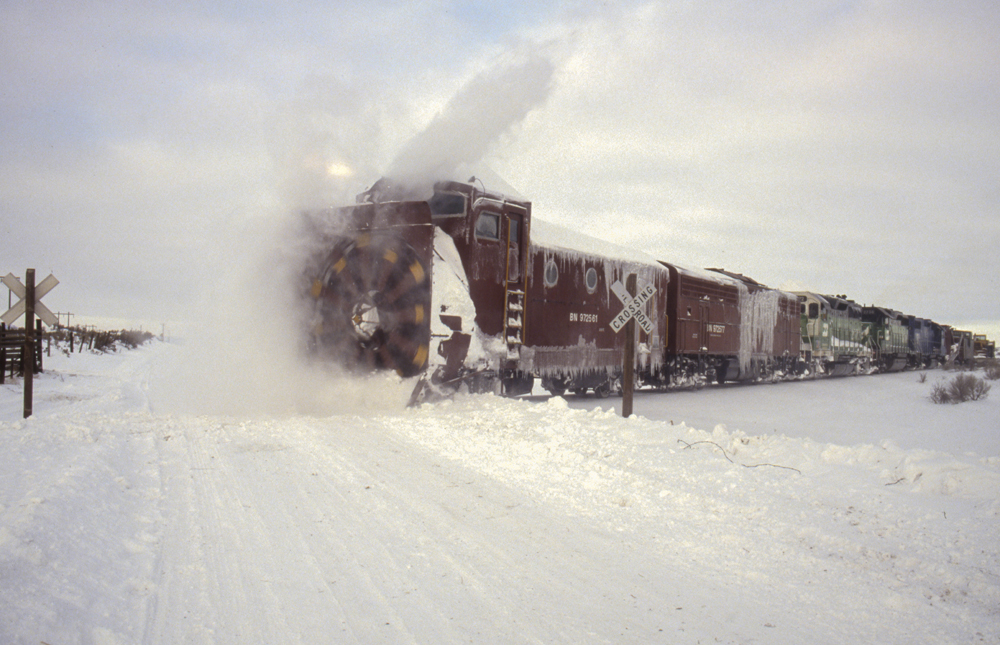
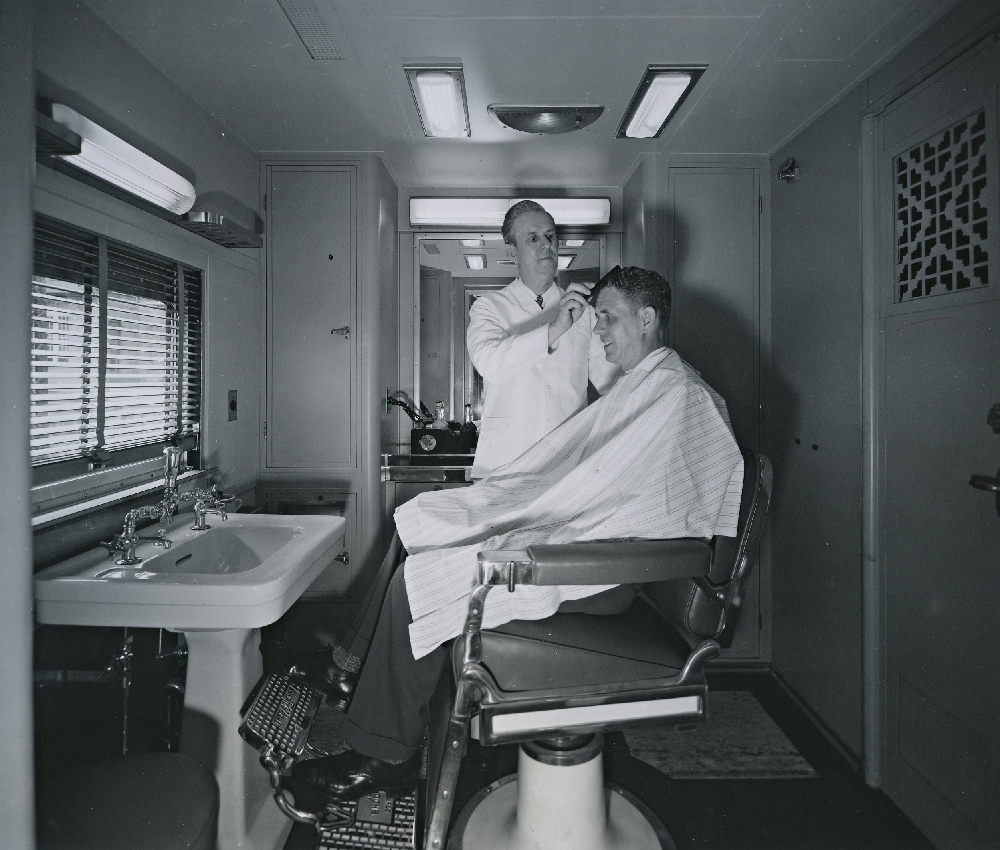




“A century ago, when both vocations held wide appeal (and when railroading was hazardous and mail shipments subject to robbery), they were heroic figures.”
Guess what?
Railroading is STILL HAZARDOUS!